2017 was a difficult year for the wine world—it is indeed ‘one of the most disaster-strewn years since phylloxéra,’ as Andrew Jefford put it.
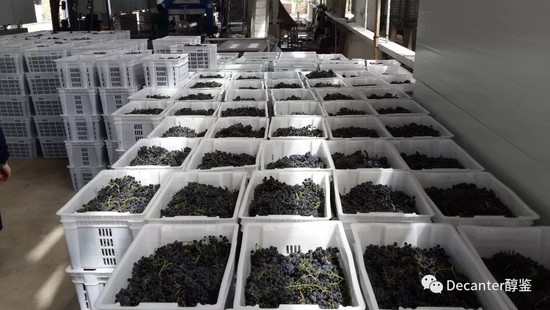
During spring, consecutive frosts in the cooler wine regions across the world destroyed the harvest for many vineyards with summer hail adding more anxiety for wine growers.
The wildfires in California during autumn and winter sent shockwaves through the wine world. The fires engulfed one of the wineries I stayed at during my visit to Napa, making the distant disaster feel more real to me.
According to statistics released by the International Organisation of Vine and Wine (OIV), the wine production of the whole world dropped to the same level as the 1960s, an 8% decrease from 2016.
Though the drop may help to ease the tension of overproduction in the wine world it is still brings difficulties for producers and merchants.
Production-wise, the Chinese wine industry had a sluggish year in 2017. However, quite thankfully, two of China’s biggest wine producers, Changyu and GreatWall, have successfully completed their changes of leadership, while several new quality producers have started to establish their own identities.
In addition, the climate conditions were generally ideal and most Chinese producers had a disaster-free vintage in most of the wine regions.
Shandong province
Shandong province is without doubt China’s biggest wine producing region, although the wine industry only accounts for a small percentage of the region’s economy. Wine grapes are mainly planted in the following regions:
Penglai
Spring pruning started at the end of February in Penglai. Pruning in spring can, to some extent, protect the vines from late frost.
Similar to an average year, the flowering season came at the right time: mid-May for Chardonnay and Merlot and the end of May for Cabernet Franc.
Fruit set began at the end of May. Due to the dry weather, the fruit set rate was lower than usual, producing berries that were also smaller than usual. The rain at the end of summer, and beginning of autumn, led to difficulties in disease prevention.
Chateau Junding started harvesting Dunkelfelder on 22nd August and Cabernet Franc on 11th October. Cabernet Sauvignon and Marselan were picked from 16th October and Petit Manseng was picked from 1st November.
According to local producers, the 2017 growing season started off dry but ended with heavy rains. This led to nearly 30% loss in production. Chateau Junding harvested better quality white grapes than red grapes. Chardonnay grapes were picked with sugar levels of over Brix 20 and a pH level of 7.3. Welschriesling was picked at Brix 22 with a pH of 5.8, perfect for making fruity white wines.
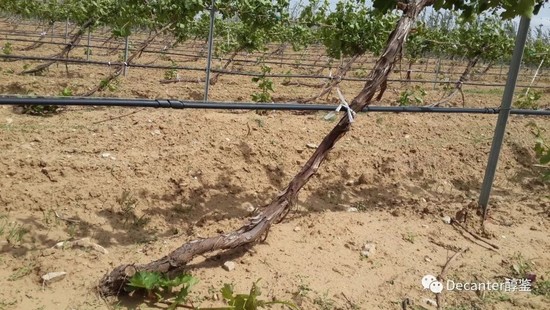
Rushan
Rushan is one of the newly developed wine planting areas in the Shandong Peninsula. Flowering started as early as 23rd May and fruit set came from 5th June. Rain during the latter half of the growing season created some obstacles for véraison, mainly for the late-ripening grape varieties. Early ripening varieties, such as Dunkelfelder and Merlot, were unaffected.
The picking of Chardonnay grapes started on 25th September. In 2017, Chardonnay grapes were less affected by disease, producing comparatively healthy fruits with lower sugar levels than the previous year (Brix 19). Welschriesling was picked from 1st October.
Red varieties, including Cabernet Sauvignon and Cabernet Franc, were picked from 20th October, one week later than usual, due to influences from increased rain and less sunshine. The sugar levels were also lower than usual.
Laixi
With a long history of planting wine grapes, the Laixi region is situated on the high slopes among the hills in the central area of the Shandong Peninsula.
During 2017, the region had a dry and warm May and June with flowering starting 5-7 days earlier than usual. The rain in August brought some disease risk to thin-skin varieties.
Cabernet Franc and Cabernet Sauvignon entered véraison in mid-August, while the picking of Chardonnay started as early as 21st August. The picking of red varieties started at the end of September.
2017 saw more rainfall here than in an average year. It was a challenging year which produced a small crop.
Hebei province
Hebei province is the second biggest wine producing region in China, with wine grape plantings concentrated in Shacheng (including Huailai County and Yuxian County) of north-west Beijing, and Qin Huangdao (including Changli and Lulong County).
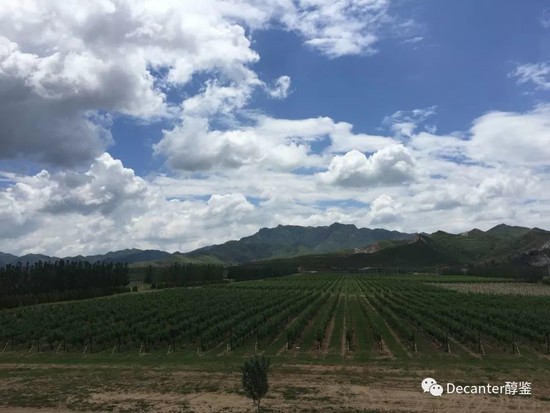
The vines were dug out from the ground at the end of March in Huailai with digging completed around 4th April.
The Huailai region is significantly influenced by the Guanting Lake and the surrounding mountains. Vines planted to the north of the lake, including East Shacheng county and Tumu County, were dug out from 29th March until 10th April. Sanyuan County, which is located to the south of the Guanting Lake, started to dig out the vines from 5th April and finished the process in mid-April.
From mid to late April, budding began in plots in the north and moved on towards plots in the west and south. Flowering started in late May and fruit set began during early June. By mid-July véraison was welcomed by good weather.
Weather conditions were ideal for the Huailai region during the first-half of 2017, with less rainfall than usual and more heat accumulation, producing equal-sized but loose-bunched berries. On 18th June, hail hit the hilly southern areas, causing damage in several grape vine plots.
The Huailai region started picking white varieties during the end of August and beginning of September. By mid-September the picking of Merlot began and around the beginning of October the Cabernet Sauvignon grapes were picked. In terms of quality the region harvested above-average berries.
Winter pruning began in late October after which growers buried their vines. During the 15-day process, producers had to pay higher wages due to a shortage of labour, resulting in higher costs to produce this vintage.
Qinhuangdao
The beginning of the 2017 vintage, in the Qinhuangdao wine region, was marked by the digging of vines which took place at the usual time. Château Huaxia started digging out their vines on 27th March and finished by 8th April. Bodega Langes started on 3rd April and finished by 13th April.
The Changli sub-region saw a warmer and less rainy budding period, with flowering starting in mid-May, 7-10 days earlier than usual. Most varieties began fruit set by the end of May, véraison came by the end of July.
Early-ripening varieties, including Pinot Noir and Chardonnay, were picked from the end of September. Thanks to a dry start to the harvest season, the quality of the fruit was better than that of an average year.
The picking of red varieties began in early October and ended by the end of the month. Several rainfalls at the beginning of October brought negative influence to the quality of the fruits.
It’s worth noting that on 19th June the Qinhuangdao region was hit by a heavy and lengthy hail storm, damaging vines in both Changli and Lulong County. Shangri-La Qinhuangdao Winery in Lulong was hit especially hard, with several plots destroyed completely, with the rest yielding less than 800 kg of fruit per hectare. However, sugar levels were significantly higher than usual in these hail-affected plots.
Beijing
Though small in scale, the Beijing wine region has a long history of wine production. Thanks to the proximity to Beijing city, this region is developing in a unique manner as opposed to other wine regions in China.
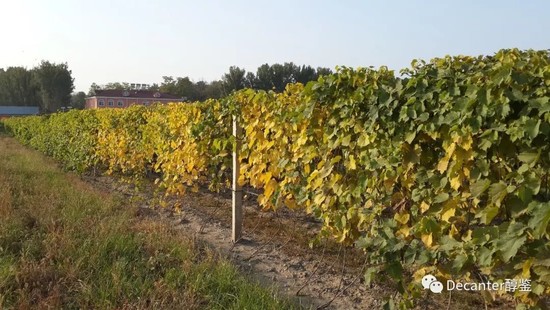
Fangshan
The wine grape plantings are not concentrated in Fangshan, but rather scattered from the flat, close-to-city, Changyang County along the foothills to Qinglongqiao County, Zhoukoudian County and Zhangfang County in the south.
Vine digging began in the flatland areas as usual. However, due to a shortage of labour in the area, some producers began digging out their vines in early March, earlier than in an average year.
The region saw a cold beginning to spring but the temperature grew fast. Grape vines saw a dry and sunny growing season with rainfalls from late July until mid-August. The wet weather led to vineyard disease in several areas.
In order to harvest ripe grapes, only a few producers began picking at the end of September, with the majority picking their grapes at the beginning of October. The quality of the grapes was average.
Yanqing
Wine grapes in Yanqing were mainly planted on the south-facing slopes in Zhangshanying County, north of the Guanting Lake. Due to a cold early spring vines were dug out in two batches taking longer than usual. The process was finished by 10th April. A dry and sunny growing season followed.
Chardonnay was picked from 13th September, Merlot from 28th September and Cabernet Sauvignon from 6th October. The harvest times were similar to an average year.
The berry quality for Yanqing was above-average in 2017 especially for white varieties.
Ningxia
The Helan Mountain East wine region is without doubt the most lively and active fine wine region in China. 2017 was exciting vintage mainly because several new producers started to produce wine.
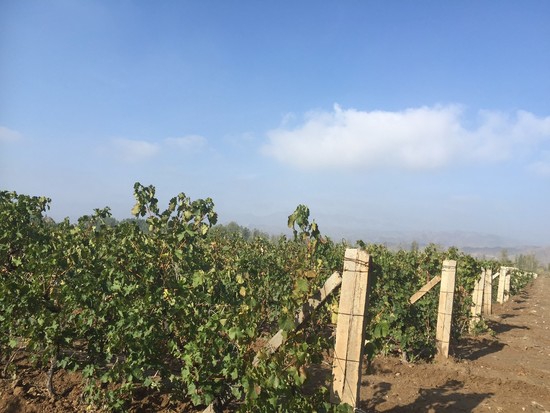
From the end of March and beginning of April, the newly dug out vines in Helan Mountain East saw a warm early spring. By 4th April the temperature had already reached 10℃ and the temperature went as high as 20℃ later in the month.
The beginning of the 2017 growing season was stable without frost. Budding began at the beginning of April and flowering began at the end of May. The temperature continued to stay higher than in an average year accompanied by less rainfall.
Véraison began at the end of July and into early August, several days earlier than in a usual year. By mid-August the majority of late-ripening varieties had finished changing colour.
Rainy weather came and went for a month, bringing cooler conditions, which prolonged the ripening period more so than in an average year. Producers began picking their grapes from the end of September into early October. The sporadic rainfalls brought some negative influence on some vineyards.
Hit by a cold wave between the 7th and 9th of October, the temperature dropped significantly in Ningxia, bringing rainy snow, frost and strong winds.
Snow hit several regions in Ningxia during the night of 8th October until 9th October, especially in the foothills of the Helan Mountain. Temperatures dropped to between 0-4℃ in some regions including Yinchuan and Wuzhong.
Several wineries finished picking and pressing their grapes before the snow. However, there were still several producers who hadn’t finished picking their late-harvest varieties.
Shizuishan
Shizuishan is the most northerly sub-region in Helan Mountain East. Growers started digging out their vines from 27th March and finished the job by 20th April; a smooth budding and growing season followed.
Véraison came in mid-July. The ripening season saw a sharp day and night temperature variation, with little rainfall and no windy weather, allowing grapes to ripen steadily.
The picking of Cabernet Sauvignon began at the end of September, 3-4 days earlier than in a usual year. Local producers reported an average quality harvest, though a few varieties performed less well than usual.
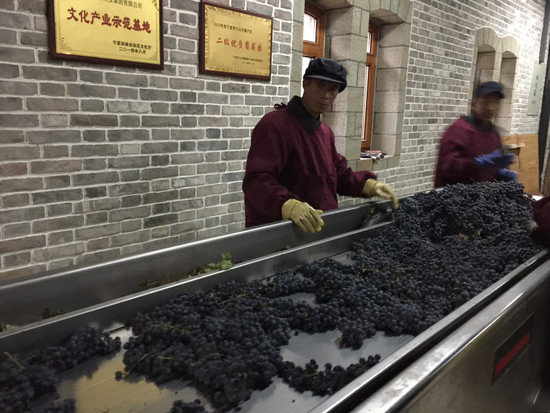
Xixia Area
Vine plantings are less concentrated in the Xixia sub-region. Vines were dug out from early April. Budding began in mid-April and flowering came at the end of May.
Véraison for Merlot happened between early July and early August. By the end of August, the region saw a week of cloudy weather with two rainfalls bringing about cooler temperatures.
Producers started picking Chardonnay from 4th September and Cabernet Sauvignon from 25th September—4-5 days earlier than usual. The fruit quality was average.
Growers began winter pruning from the end of October and started burying their vines a few days later. The process was completed by mid-November.
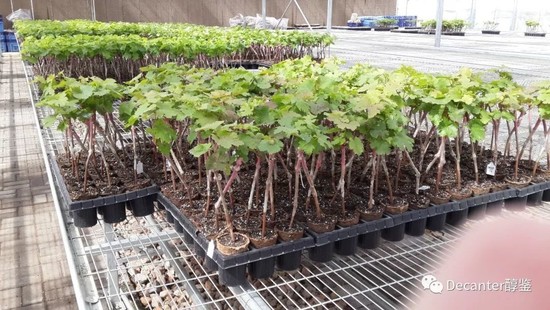
Yongning / Yuquanying
Most vineyards are planted on flat lands in this sub-region, which features sandy soil.
July was warmer than the previous year with no rainfall, bringing véraison a week earlier than usual. August saw three rainfalls but precipitation was moderate. The rainy days lasted until September.
By mid-August, producers in the Yuquanying sub-region had finished picking the grapes for sparkling wine production. White varieties including Welschriesling, Riesling and Chardonnay were picked from mid-August. Producers reported satisfactory sugar and acid levels for these varieties.
Red varieties were picked from the end of September—an overall earlier year than usual with better quality fruits.
Qingtongxia
Grape vines are mainly planted in the sandy gravel soil of the rolling hills in the Qingtongxia sub-region.
Merlot grapes were dug out from late March while Petit Verdot and Marselan were not dug out until early April. By 20th April producers have finished digging the vines and tying them to the trellises.
Flowering came on 25th May with véraison starting at the end of July and finishing by the end of August. From the 19th August the region saw several rainfalls which brought the temperature down.
White varieties were picked from 20th August followed by red varieties from 20th September. The harvest began slightly earlier than in an average year but brought in better-quality fruits than usual.
Click to read the second half of the report:
2017 vintage report - Xinjiang, Yunnan, Shanxi, Gansu and Northeast China
Translated by Sylvia Wu / 吴嘉溦
All rights reserved by Future plc. No part of this publication may be reproduced, distributed or transmitted in any form or by any means without the prior written permission of Decanter.
Only Official Media Partners (see About us) of DecanterChina.com may republish part of the content from the site without prior permission under strict Terms & Conditions. Contact china@decanter.com to learn about how to become an Official Media Partner of DecanterChina.com.


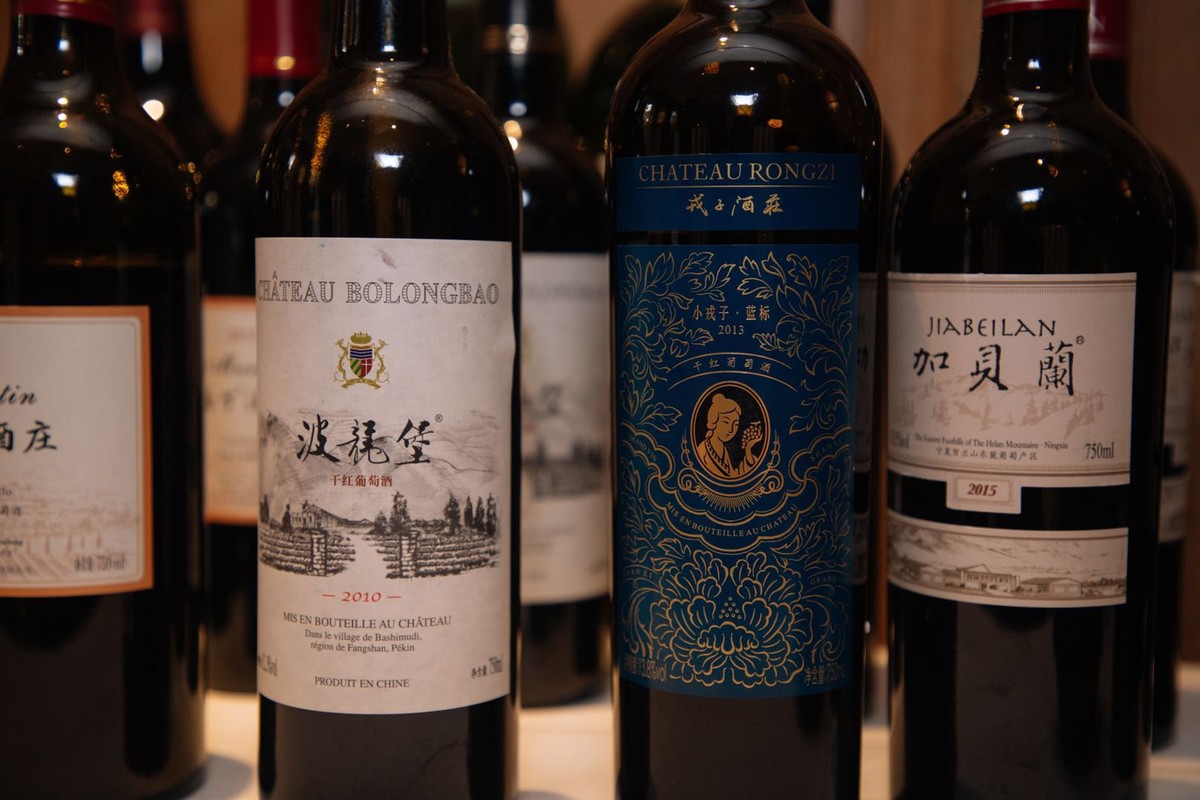
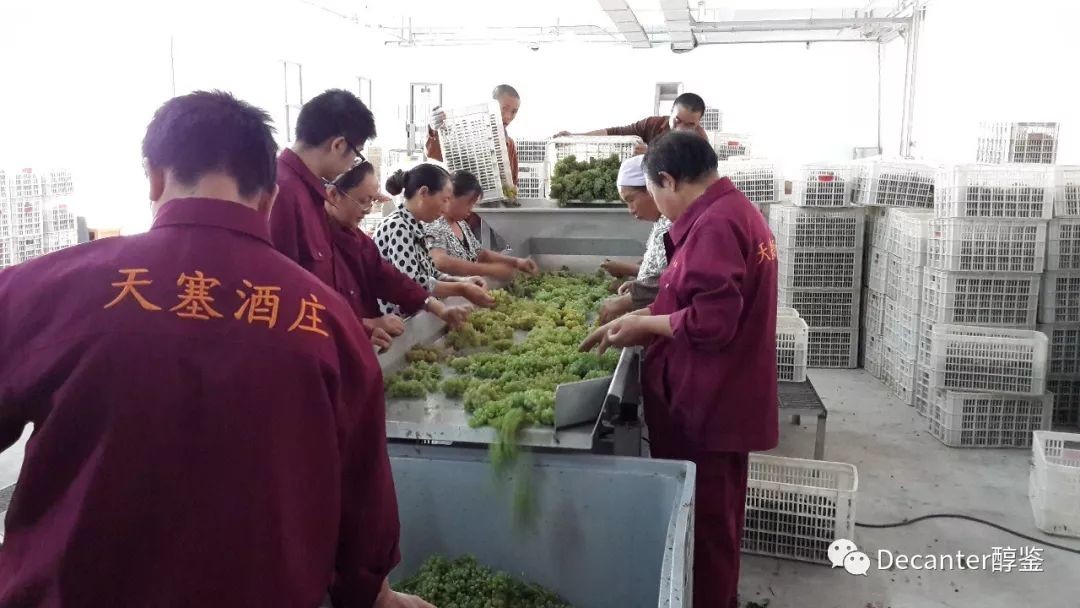
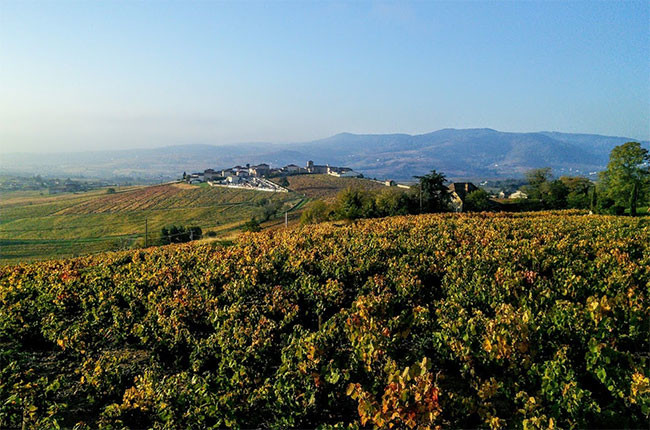
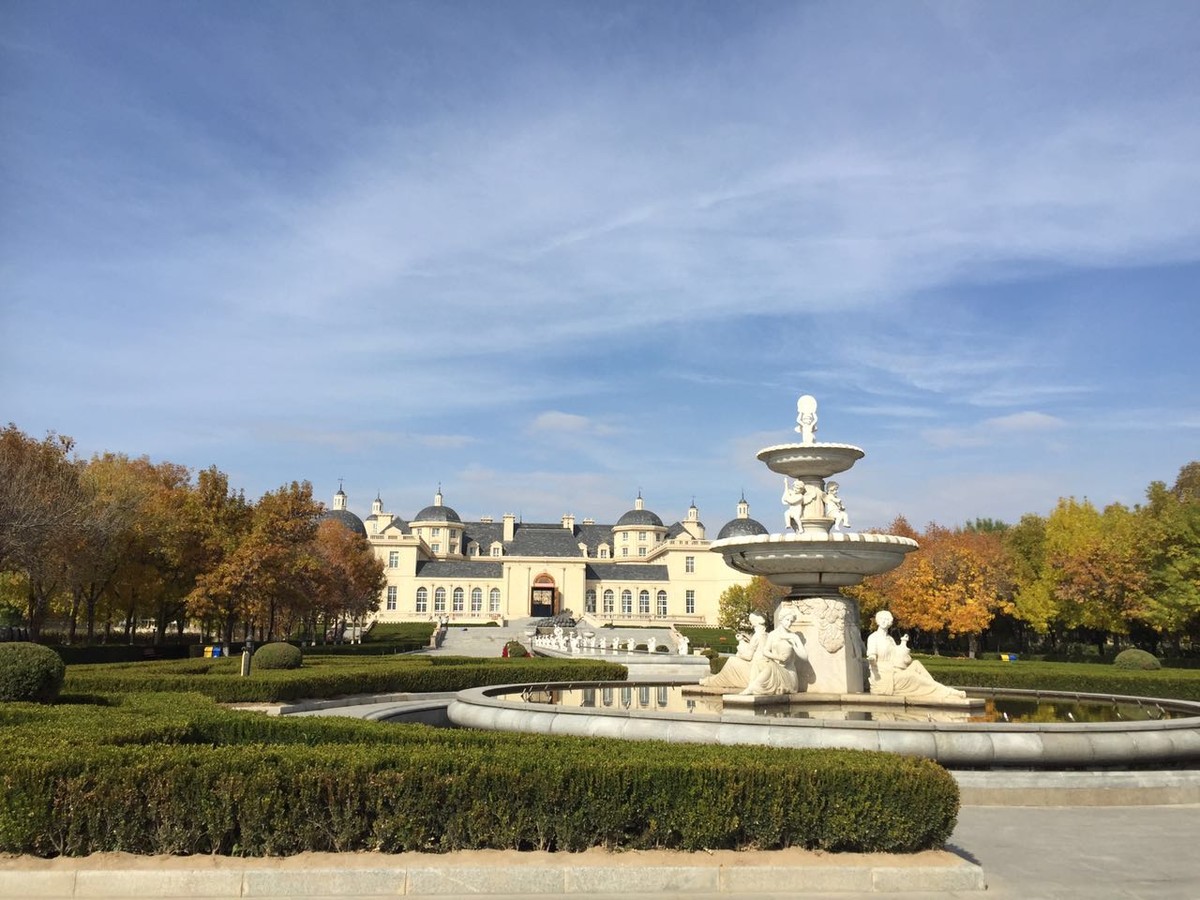
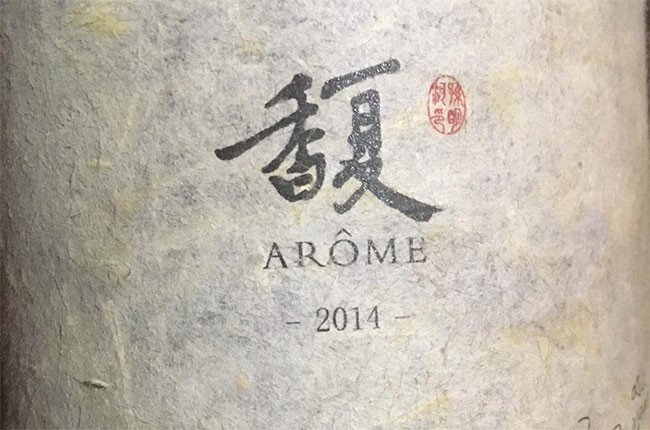
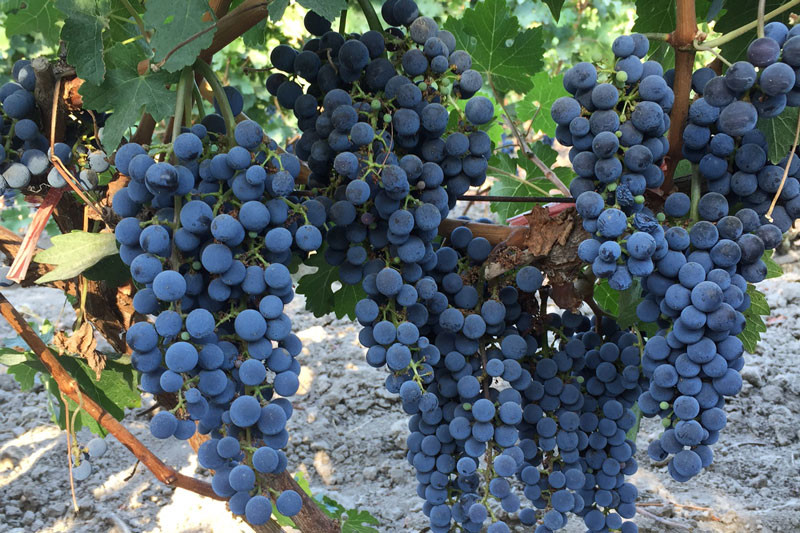
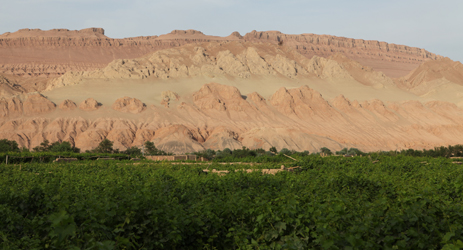
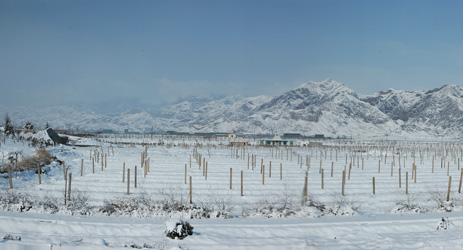
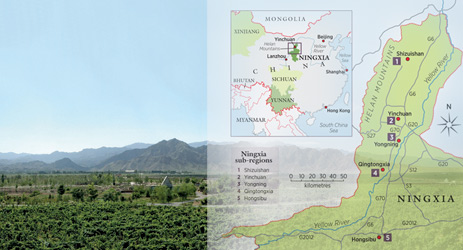
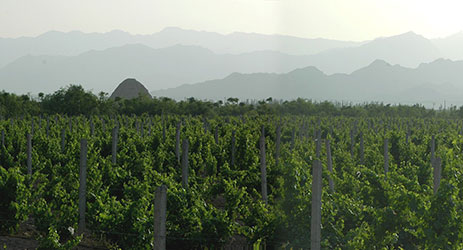
Comments
Submit